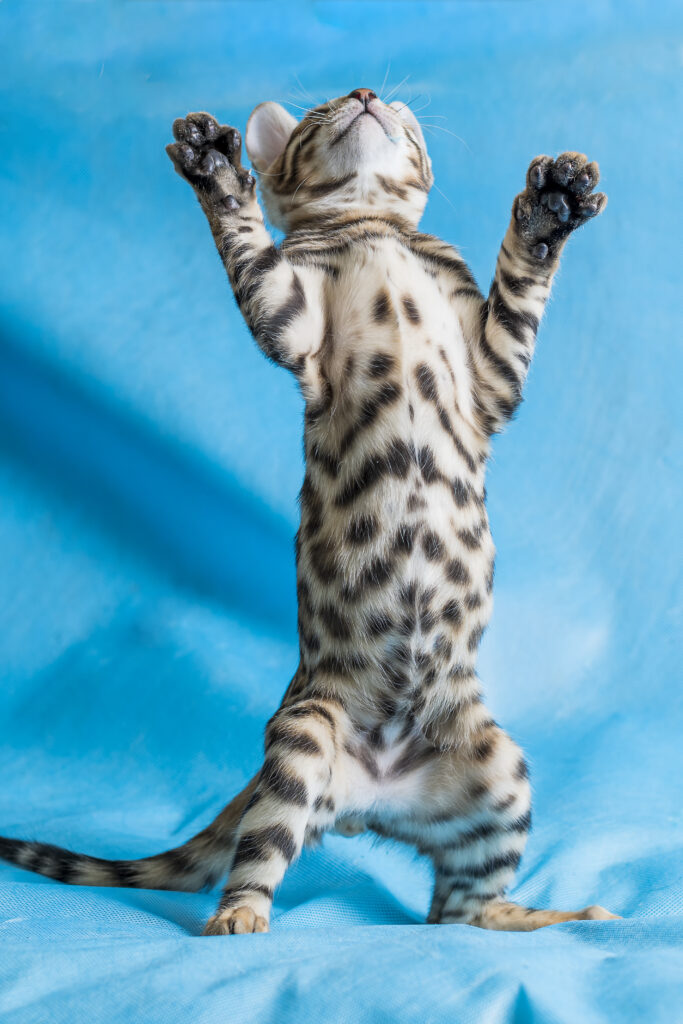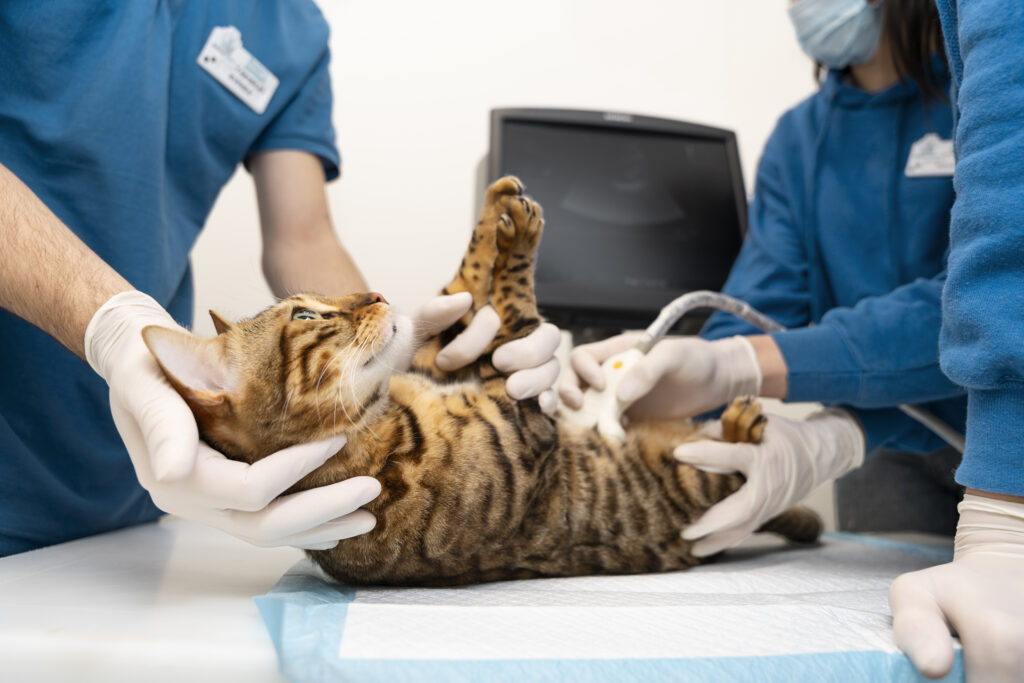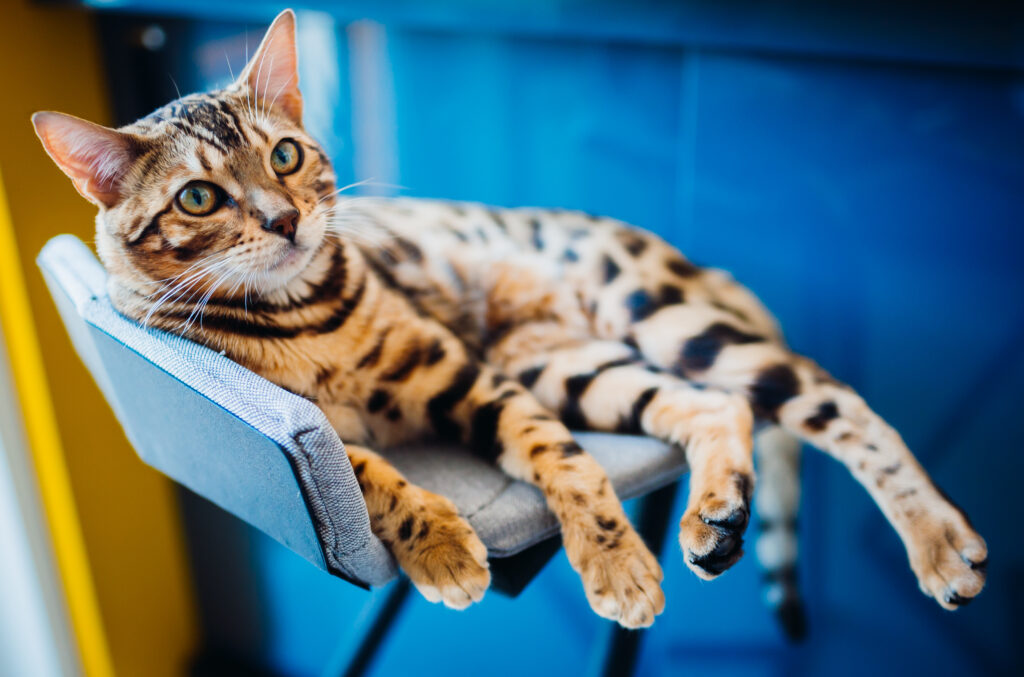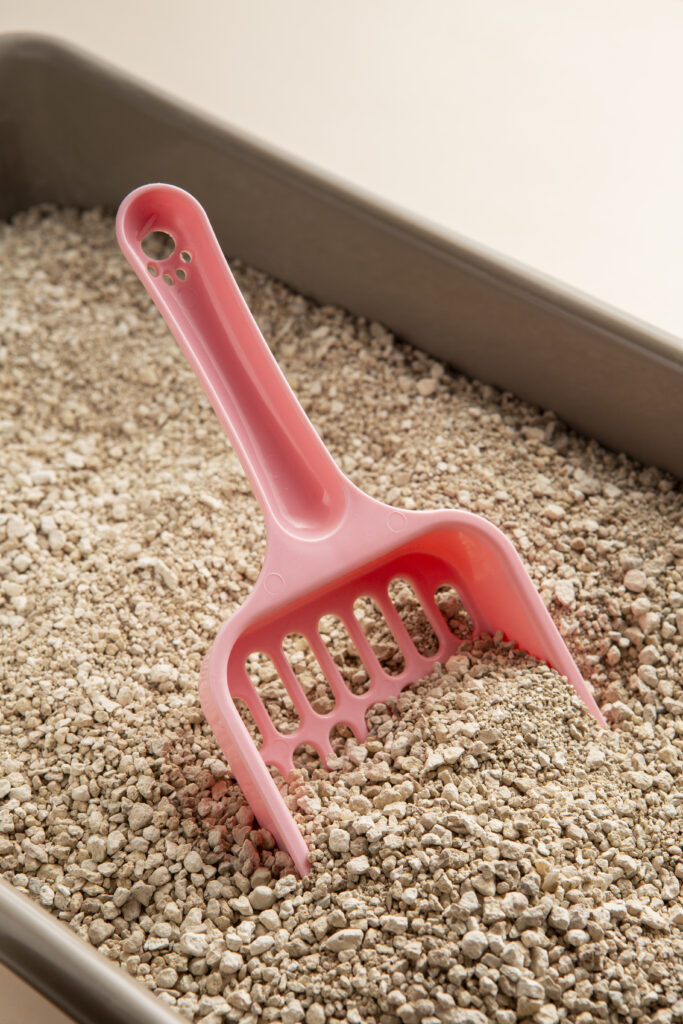
Understanding Your Male Bengal Cat: A Guide to Their Needs and Wants
Imagine living with a miniature leopard—a sleek, muscular feline with wild markings that prowls your hallways, leaps effortlessly to your highest shelves, and greets you with chirps and trills instead of ordinary meows. This isn’t fantasy; it’s life with a male Bengal cat. Born from the fascinating crossbreeding of domestic cats with Asian leopard cats, these extraordinary felines bring the wilderness into your living room, wrapped in a package of affectionate companionship and boundless energy.
The allure of the male Bengal goes far beyond their spectacular spotted or marbled coats. These cats are living art in motion—intelligent problem-solvers who can learn tricks, open doors, and even develop an unusual fascination with water that might leave your bathroom faucet running. Their personalities are as distinctive as their appearance, with a complexity that challenges the typical cat stereotypes and rewards owners with a unique human-feline relationship unlike any other.
Before you find yourself captivated by those wild eyes gazing at you from a male Bengal cat for sale listing, this comprehensive guide will walk you through everything you need to know about these magnificent creatures—from their wild ancestry to their modern-day needs—helping you determine if you’re prepared to welcome this small piece of the jungle into your heart and home.
Distinctive Characteristics of Male Bengal Cats
The bengal cat characteristics male owners should be aware of include several distinguishing features that set them apart both from females of their breed and from other domestic cat breeds. Understanding these characteristics can help potential owners decide whether a male Bengal would fit well into their home environment.

Physical Attributes
Male Bengal cats tend to be larger than their female counterparts, often weighing between 10-15 pounds when fully grown, compared to the 8-10 pounds typical for females. Their muscular build contributes to their athletic appearance and capabilities, with males typically developing broader shoulders and more substantial heads than females.
The coat of a Bengal cat is perhaps its most striking feature. Their pelt exhibits distinctive patterns that mimic those of wild leopards, including spots, rosettes, and marbling. These patterns appear on a background that can range from golden-orange to light brown, silver, or even charcoal. The coat has a unique silky texture that feels different from that of many other domestic breeds—more like a rabbit’s fur than typical cat hair.
Male Bengals often display more vibrant patterns and colors than females, with their markings sometimes appearing more pronounced and their coat colors more intense. Their eyes typically come in shades of green or gold, adding to their exotic appearance.
Temperament and Behavior
When you see a male Bengal cat for sale, understanding their temperament is crucial. Male Bengals are known for their high energy levels and playful nature, which persist well into adulthood. They maintain a kitten-like curiosity and enthusiasm throughout much of their lives, making them entertaining companions but also requiring considerable attention and stimulation.
Male Bengals typically display the following behavioral traits:
- Intelligence and curiosity that drives them to explore their environment thoroughly
- Strong athletic abilities, including impressive jumping, climbing, and running skills
- High levels of vocalization, using a variety of sounds to communicate with their humans
- Social nature, often seeking interaction with human family members
- Territorial tendencies, especially in unneutered males
- Water fascination, unlike many domestic cats
These cats form strong bonds with their human families and often show preference for particular family members. They can be quite demanding of attention and may follow their favorite humans around the house, always wanting to be involved in activities.
Health Considerations for Male Bengal Cats
Before bringing a male Bengal cat home, potential owners should be aware of specific health considerations associated with this breed. While generally robust and healthy, Bengals can be predisposed to certain medical conditions.
Common Health Issues
Male Bengal cats may be susceptible to:
- Hypertrophic Cardiomyopathy (HCM) – A heart condition that causes thickening of the heart muscle
- Progressive Retinal Atrophy (PRA) – A degenerative eye disease
- Patellar Luxation – Dislocation of the kneecap
- Pyruvate Kinase Deficiency – A hereditary anemia
- Flat-Chested Kitten Syndrome – A developmental abnormality
- Hip Dysplasia – A malformation of the hip joint
When purchasing a male Bengal cat, request health clearances for the parents and ask about genetic testing for these conditions. Reputable breeders conduct health screenings and genetic tests to minimize the risk of these issues in their kittens.

Neutering Considerations
Male Bengal cats should generally be neutered unless they’re intended for breeding purposes. Neutering helps reduce territorial marking behaviors, aggression, and the tendency to roam. It also eliminates the risk of testicular cancer and reduces the risk of other health issues. Most veterinarians recommend neutering around 5-6 months of age, though your vet may suggest a different timeline based on your cat’s individual development.
Creating the Ideal Environment for Your Male Bengal Cat
Male Bengal cats require an environment that accommodates their high energy levels and intelligent nature. These active felines need ample space to move around, explore, and exercise their natural instincts.

Space Requirements
Bengals thrive in homes with plenty of vertical and horizontal space. Their athletic abilities make them excellent climbers, so providing cat trees, shelves, and perches allows them to exercise these natural behaviors. A male Bengal cat needs room to run and play—confined spaces can lead to frustration and behavioral issues.
Environmental Enrichment
Due to their high intelligence, male Bengal cats require substantial mental stimulation. Interactive toys, puzzle feeders, and regular play sessions help keep their minds engaged and prevent boredom. Rotating toys regularly ensures continued interest and engagement.
Many Bengal owners create dedicated cat play areas with climbing structures, hiding spots, and interactive elements. Some even install cat wheels to help their energetic Bengals burn off excess energy, especially important in smaller living spaces.
Outdoor Access Considerations
While all cats benefit from environmental enrichment, this is particularly important for the highly active and intelligent Bengal breed. Their wild ancestry gives them a strong prey drive and a love of exploration, which can make outdoor access appealing. However, allowing Bengals to roam freely outdoors exposes them to numerous risks, including traffic accidents, predators, diseases, and the possibility of theft due to their distinctive appearance and value.
Cat-proof outdoor enclosures or “catios” offer a compromise, allowing your Bengal to experience the outdoors safely. Alternatively, training your Bengal to walk on a harness provides supervised outdoor adventures that satisfy their curiosity while keeping them safe.
Nutrition and Diet Requirements
Proper nutrition plays a crucial role in maintaining your male Bengal cat’s health and supporting his active lifestyle. Their muscular bodies and high energy levels require appropriate dietary support.
Male Bengal cats benefit from high-quality, protein-rich diets that mirror what they would naturally consume in the wild. Look for foods where meat is the primary ingredient, with minimal fillers and carbohydrates. Many Bengal owners choose premium commercial foods formulated for active breeds or raw/fresh food diets under veterinary guidance.
As obligate carnivores, Bengals require taurine and other nutrients found in animal tissues. Some owners supplement commercial diets with raw or cooked meat, though this should be done carefully to ensure nutritional balance.
Male Bengal cats typically require more calories than many other domestic breeds due to their high activity levels. However, portion control remains important to prevent obesity, which can lead to health complications.
Many Bengal owners find that feeding smaller, more frequent meals aligns well with their cat’s natural hunting instincts and prevents the gorge-and-fast pattern that can contribute to digestive issues. Interactive feeders or puzzle toys that dispense food can slow eating and provide mental stimulation simultaneously.
Training and Socialization
One of the most rewarding aspects of owning a male Bengal cat is their trainability. Their intelligence makes them highly responsive to proper training techniques, and they can learn commands and tricks that might surprise those accustomed to more independent cat breeds.
Basic Training Approaches
Male Bengals respond well to positive reinforcement training methods. Using treats, praise, and play as rewards can motivate them to learn various behaviors, from basic commands like “come” and “sit” to more complex tricks. Clicker training works particularly well with this breed due to their quick learning abilities.
Consistency is crucial when training Bengal cats. Establishing clear boundaries and expectations from the beginning helps prevent confusion and frustration. Short, frequent training sessions typically yield better results than longer, less frequent ones.
Socialization Needs
Early socialization plays a vital role in developing a well-adjusted male Bengal cat. Expose your Bengal kitten to various people, environments, and situations during his developmental period (2-7 weeks) to help him grow into a confident, adaptable adult cat.
Male Bengals generally interact well with children and other pets when properly socialized. However, their high energy levels and playful nature mean interactions should always be supervised, especially with very young children who may not understand appropriate handling.
Common Behavioral Challenges and Solutions
While male Bengal cats make wonderful companions, their distinctive personality traits can sometimes manifest as behavioral challenges, particularly if their needs aren’t adequately met.
Excessive Vocalization
Bengal cats are known for their vocal nature, with males often being particularly talkative. They use various sounds to communicate, from standard meows to chirps and growls. While this vocalization is normal, excessive calling, especially at night, may indicate underlying issues like boredom, attention-seeking, or health problems.
To address excessive vocalization:
- Ensure adequate daily play sessions to burn off energy
- Provide mental stimulation through toys and activities
- Establish a consistent routine
- Rule out medical causes with veterinary examination
Destructive Behaviors
Male Bengal cats may exhibit destructive behaviors like scratching furniture or knocking items off shelves if they lack appropriate outlets for their energy and natural behaviors. These actions often stem from boredom or insufficient environmental enrichment.
Combat destructive tendencies by:
- Providing numerous appropriate scratching surfaces
- Creating engaging play areas
- Offering a variety of toys that stimulate hunting instincts
- Ensuring daily interactive play sessions

Litter Box Issues
Male Bengal cats, particularly unneutered ones, may engage in territorial marking behaviors, including spraying urine on vertical surfaces. Even neutered males might develop litter box aversions for various reasons, including box cleanliness, location, or medical issues.
To prevent and address litter box problems:
Consult with a veterinarian to rule out medical causes
Keep boxes scrupulously clean
Provide multiple boxes in different locations
Consider box type and litter preferences
Neuter your male Bengal
Final Thoughts
Male Bengal cats offer a unique companionship experience that combines the wild appearance of their leopard ancestors with the affectionate nature of domestic cats. Their intelligence, energy, and striking appearance make them fascinating pets for those prepared to meet their distinctive needs.
Before bringing a male Bengal cat into your home, ensure you can provide the space, stimulation, and attention these remarkable felines require. With proper care, training, and environment, a male Bengal cat can become a cherished family member, providing years of companionship, entertainment, and affection. Understanding and accommodating the special characteristics of male Bengal cats contributes not only to their well-being but also to a harmonious relationship between cat and owner. When their physical, mental, and emotional needs are met, these magnificent cats truly thrive, rewarding their owners with their distinctive brand of feline companionship
